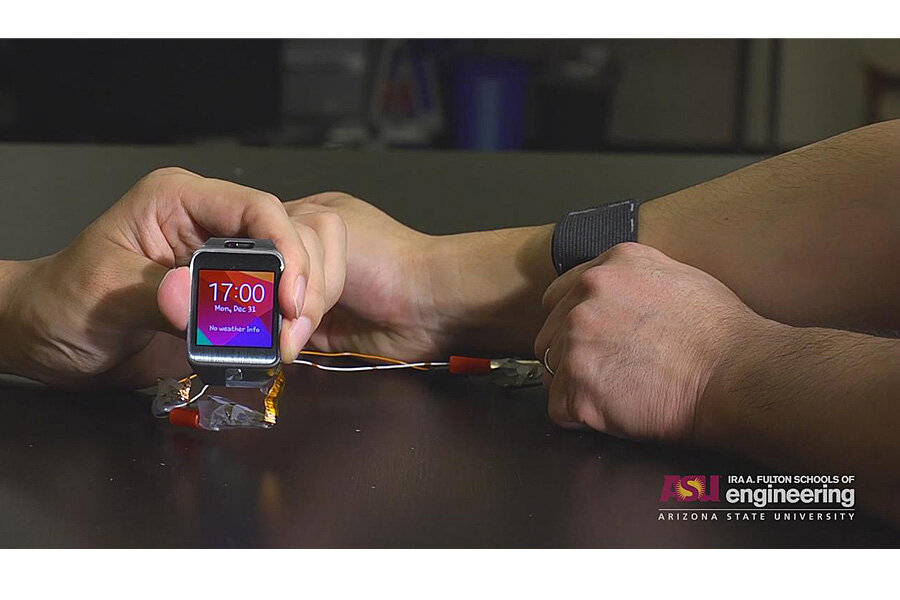How the Japanese art of paper cutting can make stretchable batteries
Loading...
What if you could wear a watch where the whole wristband was a battery? What about a phone that could bend without breaking?
A research team led by Hanqing Jiang at Arizona State University has created stretchable batteries using kirigami (a relative of origami that includes cutting paper), making that dream a reality. The team’s findings are available in the most recent edition of Nature magazine.
One of the fundamental problems that Jiang’s team was looking to solve was, “can we make a structure stretchable and make it still flat?” asked Dr. Jiang. The answer is yes. His team discovered a way to have a structure that would stretch at both ends, yet still maintain most of its height, through the use of kirigami.
Through a pattern known as the “cut-N-shear” kirigami pattern, the team was able to create a structure that could expand to 1.5 times its original length, going from 1.31 millimeters to 1.07 millimeters tall, but losing less than a fifth of its height.
The layered lithium-ion batteries were constructed from traditional materials, including copper as the cathode and aluminum as the anode. The stretching ability was achieved by rotations of the cut planes.
“Origami and techniques related to it like kirigami have a lot of properties related to it that make it useful in various technological applications, and we’re seeing more and more of those applications,” says Robert Lang a physicist and origami expert who collaborated with the Lawrence Livermore National Laboratory to create the Eyeglass Telescope.
“I think as the concept becomes more widely publicized and more examples come out where people see it, then engineers and technologists starts to file that collection of tools in their arsenal of ways to approach engineering problems,” adds Dr. Lang.
Jiang describes the trick to the kirigami structure as lying in the points of connection, allowing a certain degree of bending, which gives the structure flexibility without changing the height. “In kirigami, we use the rotation between the two squares to give the structure stretchability.”
The applications for this finding are numerous. To start, “we can use this to move the bulky battery from the small watch body to the strap," making the watch "smaller and slimmer and have more energy density,” says Jiang.
The exchange between art and technology is a back-and-forth process as kirigami was used to solve a technological challenge which then has artistic and aesthetic applications.
“Here we create kirigami and apply the kirigami concept to engineering applications, and for us that is the most exciting part because this is a marriage. It’s engineering and arts, and that’s the part that we all feel very excited [about],” says Jiang.
Jiang is not stopping at this latest discovery. “Can we make an origami or a kirigami structure that is less than one millimeter?” asks Jiang. “That’s a big challenge for us.”
While the world of kirigami has proved itself valuable in technology, Lang cautions that art isn’t solving all of technology’s problems alone.
“It’s not that the artistic perspective solves the problem independently of the engineering world, rather, you combine the creative combination of concepts from the art world with the discipline and understanding of the underlying laws that comes from the engineering world and that creates something unique that didn’t exist in either world in isolation,” says Lang.
[Editor's note: The relationship of kirigami to origami was misstated in the original version of this article.]








